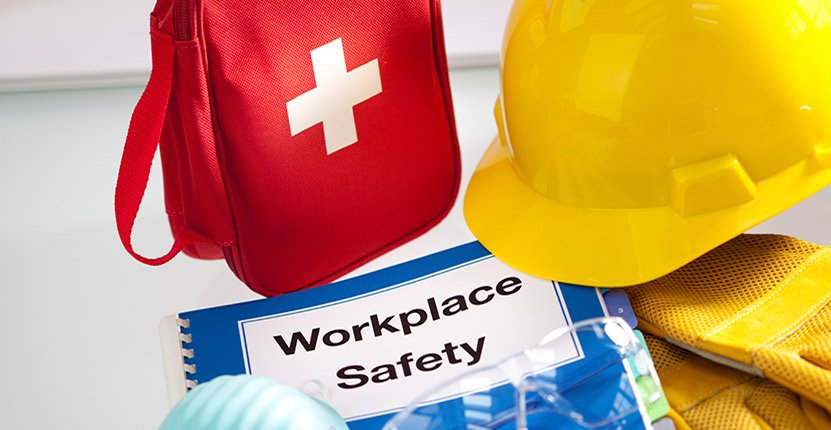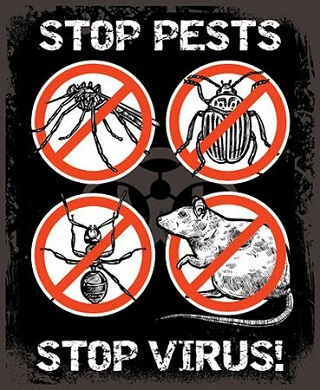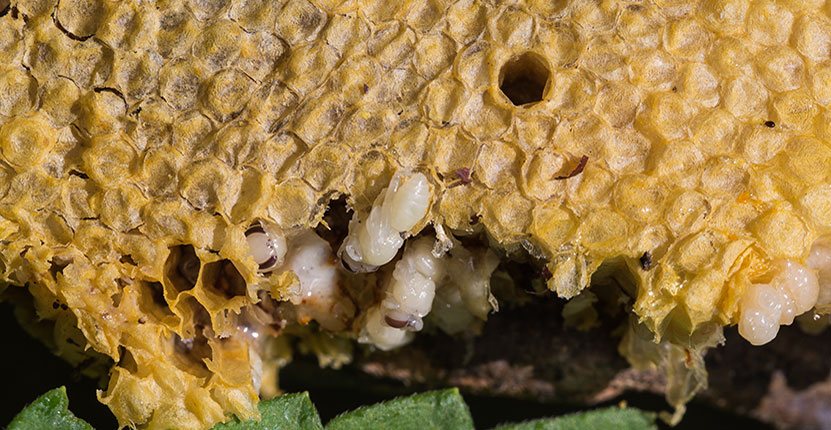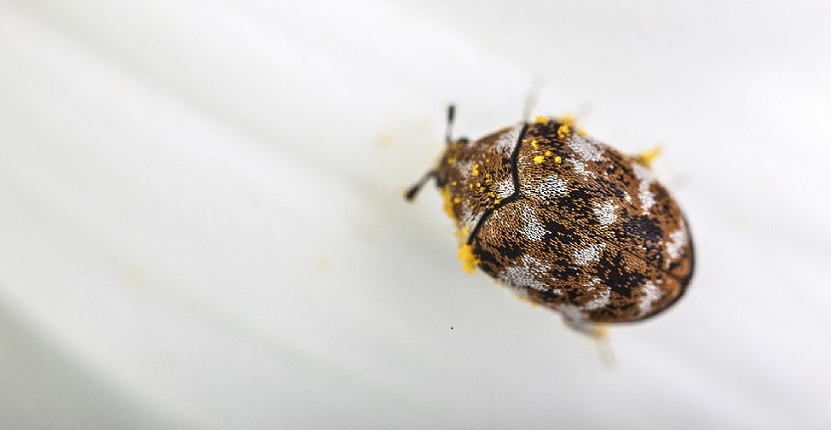One of the main characteristics of health care facilities is that they possess higher sanitation and hygiene levels than any other pace including our own home. That said, it is quite clear that any healthcare facility that does not have adequate hygiene levels on their premises, is on the road to a horrible downfall of all the good reputation they ever built. The last thing anyone wants to see in a healthcare facility is any kind of pest.
Insects, rodents and all kinds of creepy crawlies are known to be carriers of germs and diseases and no one wants to go to a health facility to get sick instead of recovering from a sickness. Having a pest infestation will not only possess a threat to the patients but also the staff of the facility. The only way to avoid such a scenario is for any healthcare facility to have a good pest-control plan.
How to Start a Good Pest Control Plan:
The start of any good plan is a good analysis of the situation at hand. After making a list of the most commonly found creepy crawlies in that vicinity it is essential to check the status of your facility and determine which parts of the facility can become an entrance, to the insects outside. The usual insects or rodents found in facilities tend to be brought in from the surroundings either by accompanying the facilities visitors or venturing in themselves, in search of food or shelter.
Here are a few tips to prevent pests from entering your facility:
- The main entry points such as doors and windows should never remain open unless they are the kind to prevent pests from getting in.
- Fix all plumbing problems as bugs and rodents are known to be attracted to dampness and moisture. You will also want to ensure that there are no clogged pipes or waterlogging.
- Any area with food is the most likely to attract insects and rodents, being a food source. As it is impossible to prohibit food inside a healthcare facility, the next best thing is to ensure all food is stored properly and have a regular inspection to check the status of pests. Having the right disposing techniques for food waste is also important as they don’t mind eating food waste.
- Inspect all delivering to ensure that no delivery is bringing complimentary pests along with the package, even if the delivery does not contain a food item it is better to inspect the delivery for pests to be certain no unwanted visitors are gaining an entry into your facility.
- The bigger the facility, the more likely it is to attract these horrid and nuisance-creating creatures, especially during the winters. Pests are usually attracted to dark areas such as the basements or the vegetation in the surroundings. The best way to prevent them from being attracted towards your facility is by maintaining the vegetation around the facility to ensure that the tall grasses and vegetation don’t become a hiding place for these pests to live in.
- Have your staff educated about the most commonly found pests in different parts of the facility such as bed bugs and termites that hide in dirty and damp parts of the facility. Ensure that your staff is well aware of how to check for pests and carry out a good treatment if a few pests are found.
Pests to Look Out for:
Despite areas like the kitchen and food facilities being the biggest attraction for pests, areas like the sick wards, autopsy rooms, janitorial closets, employee lockers, trash accumulating areas and break rooms are also known to be a major attraction to pests. Areas like these tend to have a build-up of various kinds of waste or dirt which is a love-filled invite to pests.
Here are some of the most commonly found havoc- creating creatures, in healthcare facilities:
- Cockroaches
Cockroaches are known to be the cause of many allergies and carriers of germs. They tend to spread bacteria and contaminate every place they tread including food items or cutlery. These insects are known to spread allergens, pathogens, parasitic worms and infect sterile environments. (Read More) - Rodents
Rodents are known for their ability to chew through anything and everything in their way while spreading a large number of pathogens by defecating everywhere… All the time! - Ants
Not as harmless as they seem, ants can be quite a carrier of disease pathogens. The pharaoh ant is known to be of great annoyance to healthcare facilities with their ability to spread pathogens like Salmonella Streptococcus pyogenes. They are also very attracted to open wounds, medical preparations and intravenous units which are prevalent in every healthcare facility. - Flies
Flies are the most annoying carriers of more than a hundred types of diseases and are known for their disgusting tendency to sit on the filthiest of places and then carry those germs to the next cleanest place they rest on. Their saliva too is known to be a contaminant. - Bedbugs
These insects are known to be a major threat to any healthcare facility and are known to find the most unlikely entrances to the same by tagging along with the clothes or other carried items of visitors. Bedbugs are known to cause infection while their bites can cause rashes and create the start of many more infections. They can also cause horrible allergies.
These are the basics of everything a healthcare facility needs to know about pest control.
It is important to understand the depth of how important it is for a healthcare facility to maintain its sanity levels in order to be effective in treating patients and continuing to operate in the same field. While it is good to have your staff educated about the basics of pest control, it is essential to understand that if the seriousness of the issue deepens and the pest infestation gets out of hand, professional help must be sought immediately in order to nip the problem at the bud.
Trained professionals are much more efficient than the untrained eye and will be able to control and remove any pest infestation to maintain the hygiene and sanitation levels of the healthcare facility. One can never go wrong with seeking help from a professional.





